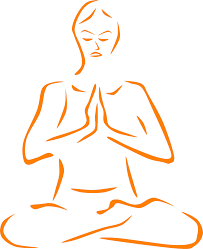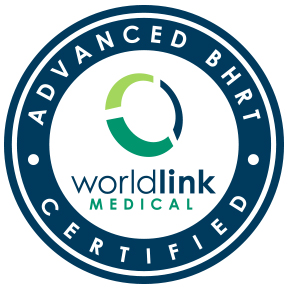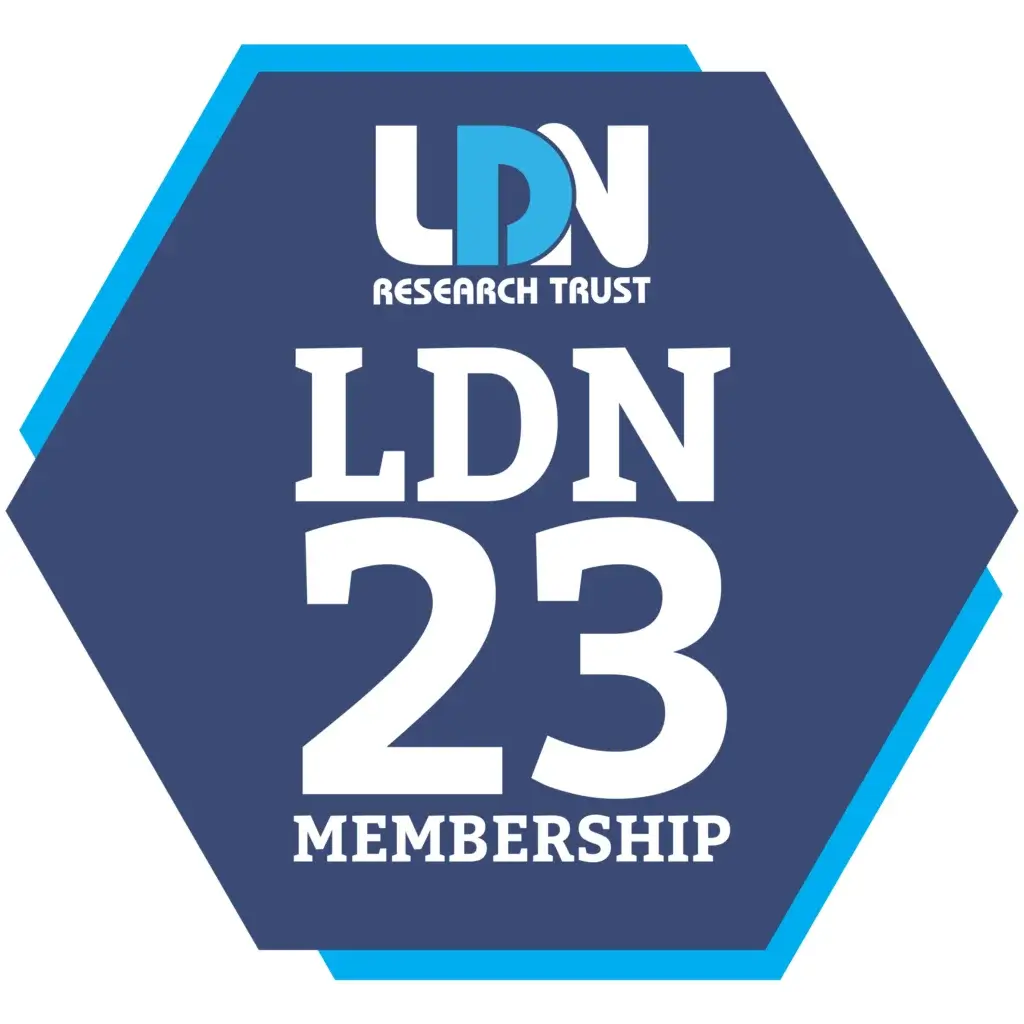The number ONE toxin for most of us STRESS! Chronic stress is one of the largest contributors of chronic disease. Stress impacts our physiology and psychology, ultimately changing our eating and lifestyle behaviors, and vice versa. How can we manage this number one TOXIN in our lives?
Unfortunately, stress has been commonly “managed” through “unhealthy” foods and activities throughout the day, such as:
- stimulants in AM (such as coffee), depressants in the PM (such as alcohol)
- comfort foods
- high-sugar to keep a buzz
- chocolate cravings
- couch-potatoism
- over-working, over-sleeping
- risk-taking behaviors
Next time you get the urge to reach for one of these “unhealthy” foods or activities, try eliciting the “relaxation response” instead. “The relaxation response is a physical state of deep rest that changes the physical and emotional responses to stress…and the opposite of the fight or flight response.” —-Herbert Beson, MD
The Relaxation Response is a simple effective mind/body approach to relieving stress. Discovered by Dr. Benson at Harvard Medical School, it is routinely recommended to treat patients suffering from heart conditions, high blood pressure, chronic pain, insomnia, and many other physical ailments.
Some qualities of the Relaxation Response include:
-
- Decreased heart rate
- Decreased blood pressure
- Lower respirator rate
- Lower pulse rate
- Decreased oxygen consumption
- Decreased muscle tension
- Reduction of cortisol levels (stress hormone)
- Reduction or noradrenaline
- Increases testosterone levels
- Decreases inflammation (source of most disease)
Steps to Elicit the Relaxation Response:
1. Sit quietly in a comfortable position.
2. Close your eyes.
3. Deeply relax all your muscles, beginning at your feet and progressing up to your face.
Keep them relaxed.
4. Breathe through your nose. Become aware of your breathing.
As you breathe out, say the word, “one*“, silently to yourself.
- For example, breathe in…out, “one,” -in…out, “one,” etc.
- Breathe easily and naturally.
5. Continue for 10 to 20 minutes.
- You may open your eyes to check the time, but do not use an alarm.
- When you finish, sit quietly for several minutes, at first with your eyes closed and later with your eyes opened.
- Do not stand up for a few minutes.
Do not worry about whether you are successful in achieving a deep level of relaxation. Maintain a passive attitude and permit relaxation to occur at its own pace. When distracting thoughts occur, try to ignore them by not dwelling upon them and return to repeating “one.”
With practice, the response should come with little effort. Practice the technique once or twice daily, but not within two hours after any meal, since the digestive processes seem to interfere with the elicitation of the Relaxation Response.
* Or any soothing, mellifluous sound, preferably with no meaning.
or association, to avoid stimulation of unnecessary thoughts – a mantra.
Source: https://www.relaxationresponse.org








